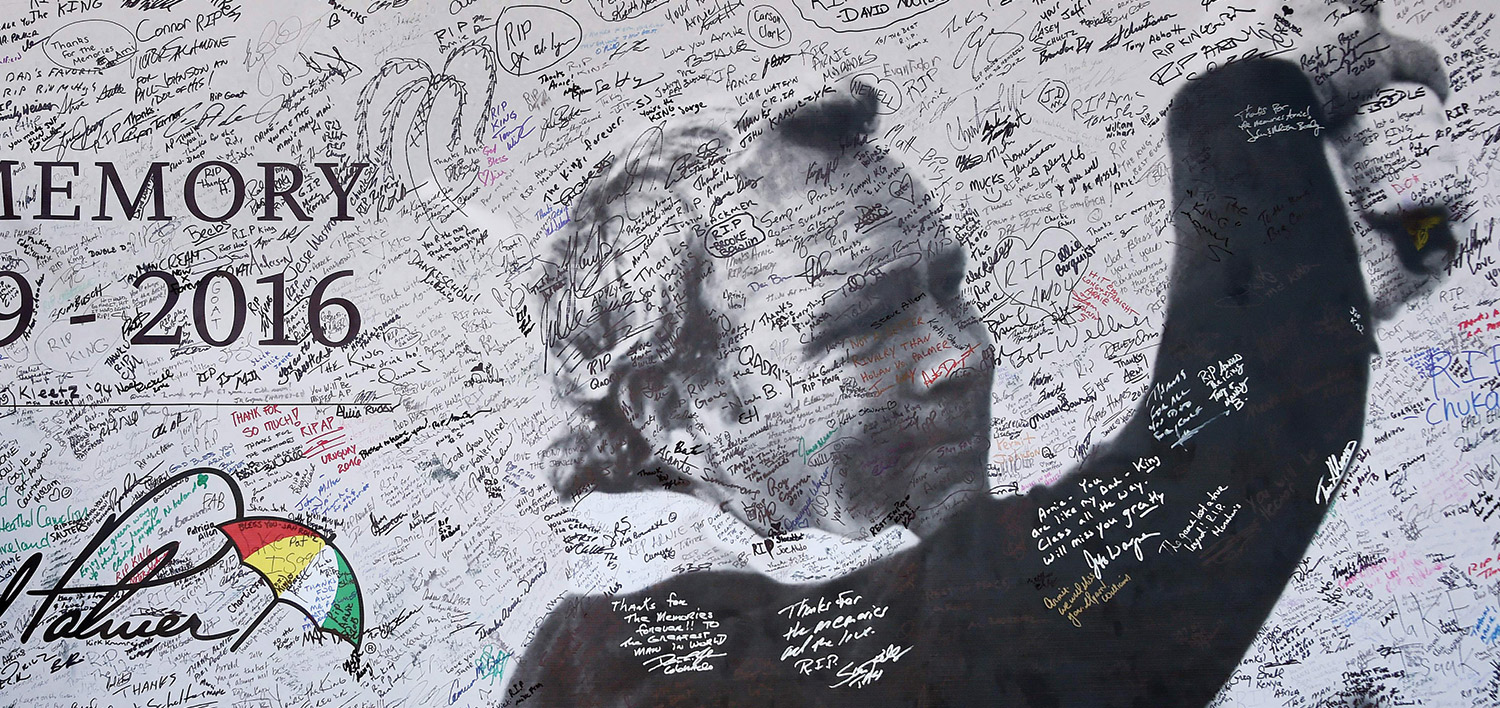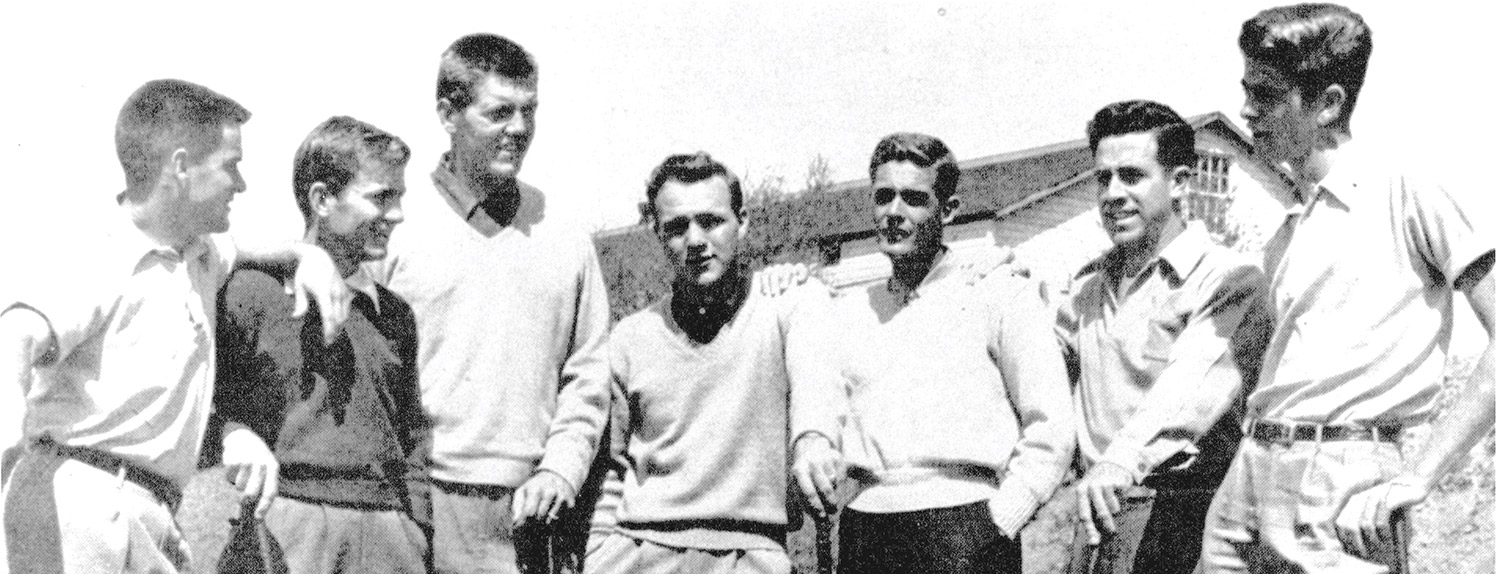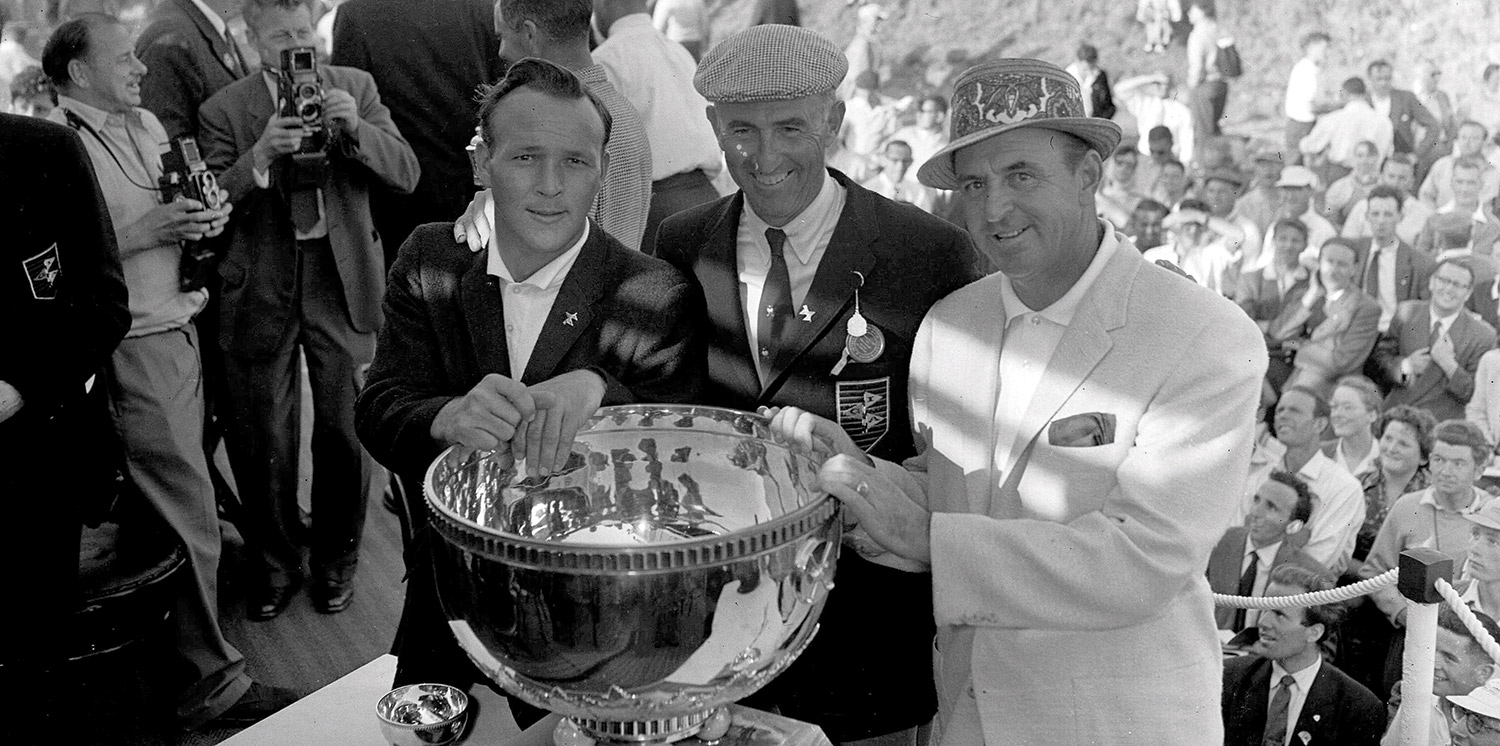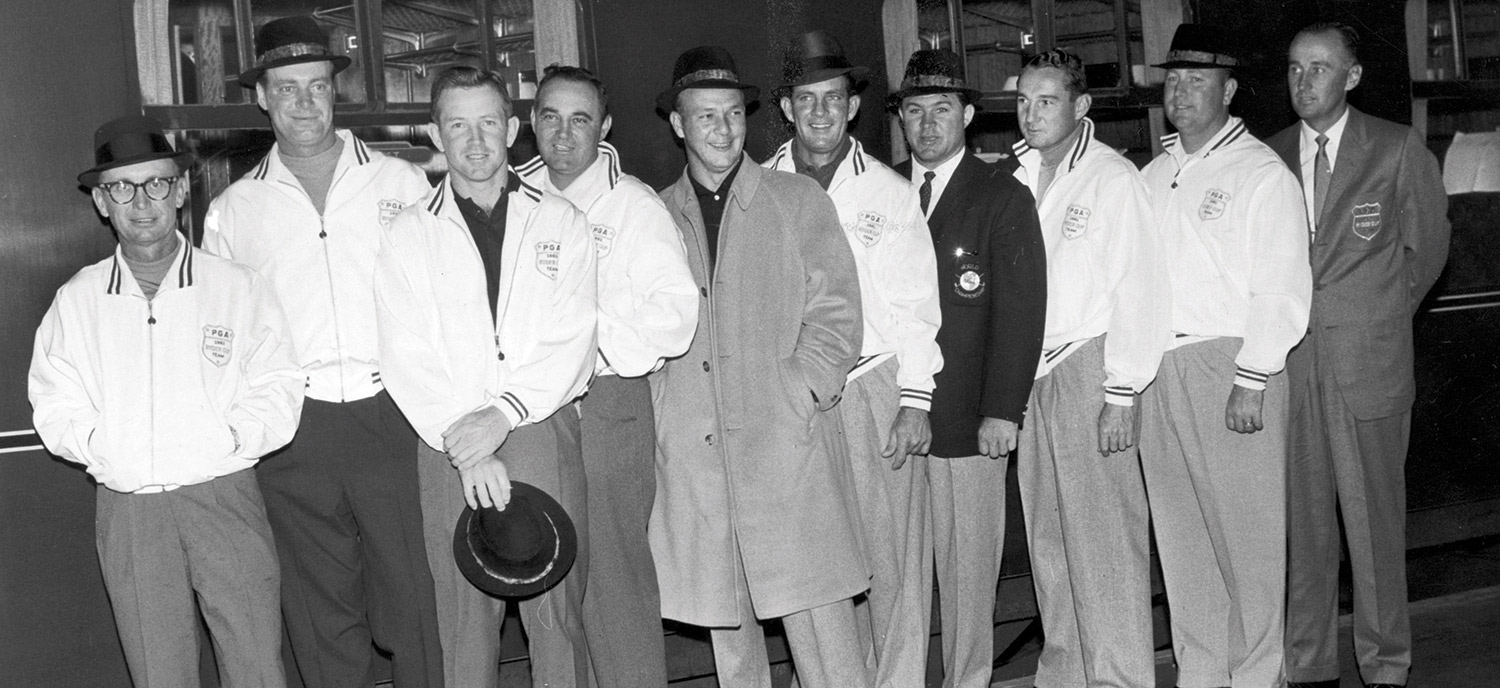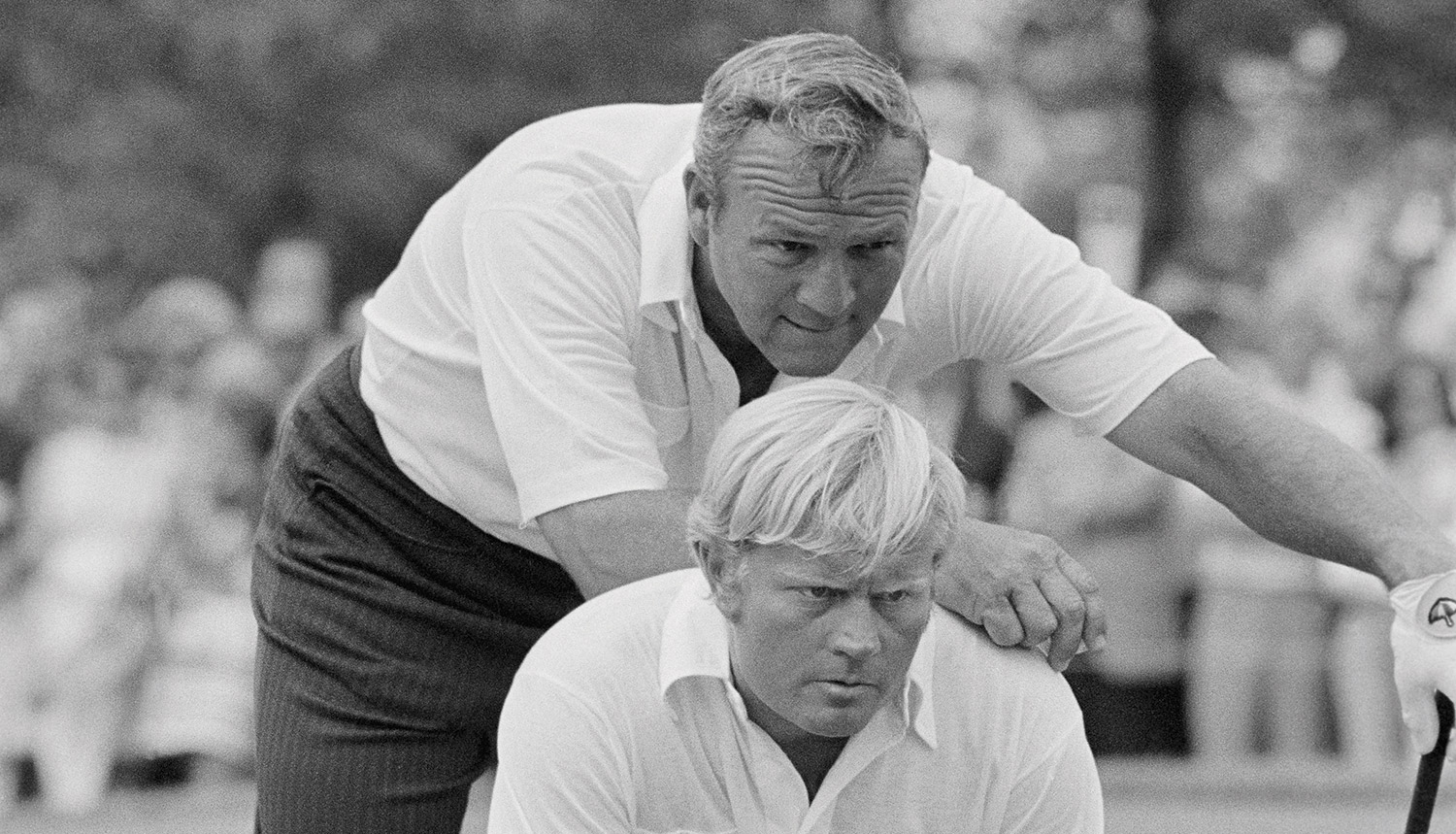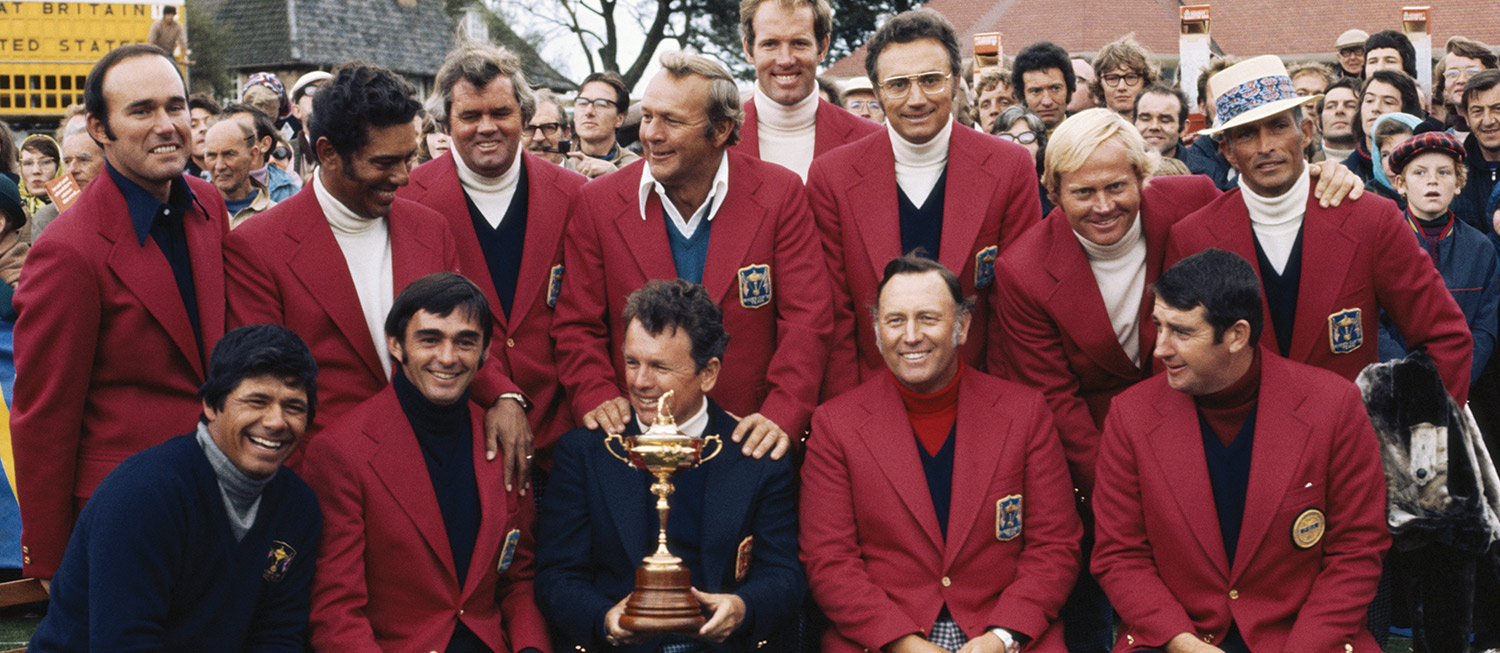
All his life Palmer stuck up for the little guy; he stood shoulder to shoulder with his fellow blue-collar patriots, just as his father Deacon had. He was the man to have beside you in the trenches when the going got tough.
If they’d had golf in the Olympics in Mr. Palmer’s day, who do you think would have been invited to carry the Stars and Stripes on behalf of the nation at the opening ceremony? As Palmer poignantly penned in his last Welcome letter for Kingdom, in the Fall issue, “If the IOC opts for an over-80s section I’m in!”
For such a stellar performer on the world sporting stage, a man whose individual triumphs eclipsed those of nearly everyone in the history of the game, he was the ultimate flag-bearer and waver.
It all began at high school where the rough-and-ready education Deacon instilled around the fringes at Latrobe Country Club was smoothed out. Naturally, young Arnold towered above all his contemporaries as a golfer, not just at his own high school but across the state of Pennsylvania; but he was always reduced to the ranks when he returned to his pro-shop shoe-cleaning, ball-shagging and caddying duties at Latrobe.

